Welaka History
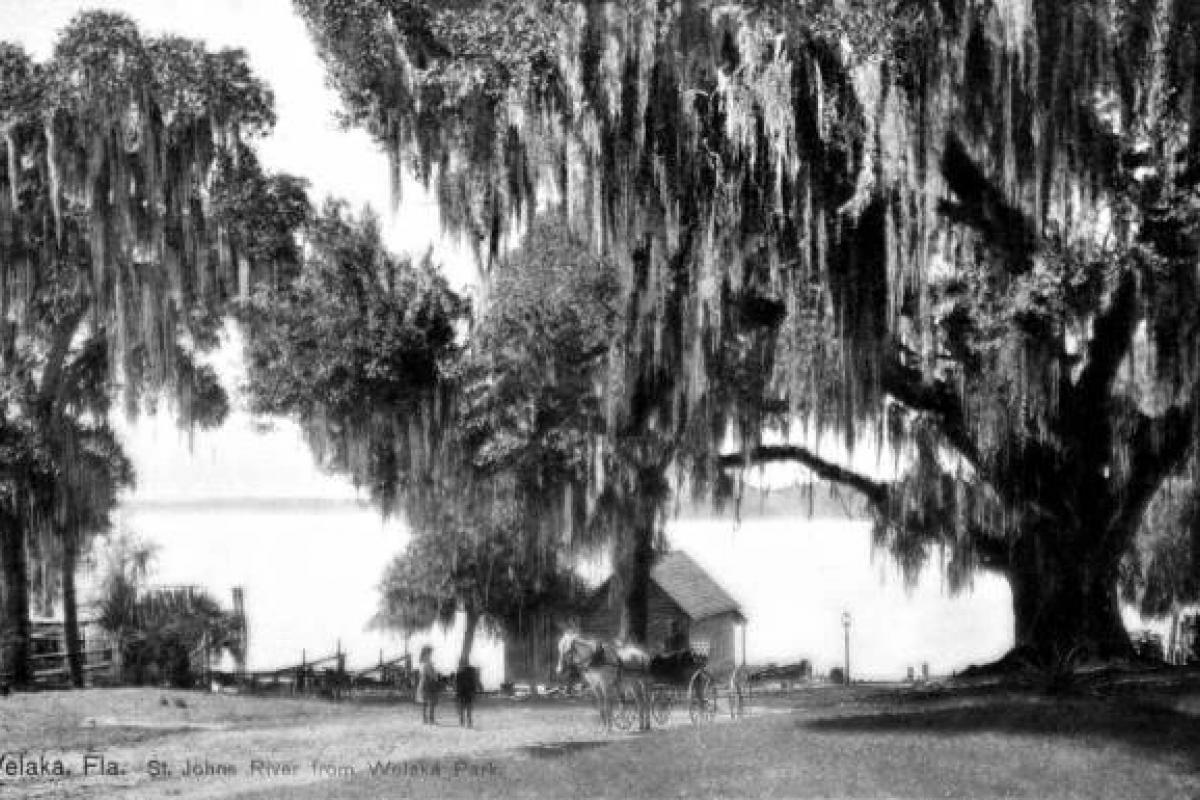 Welaka Park, 1896
Welaka Park, 1896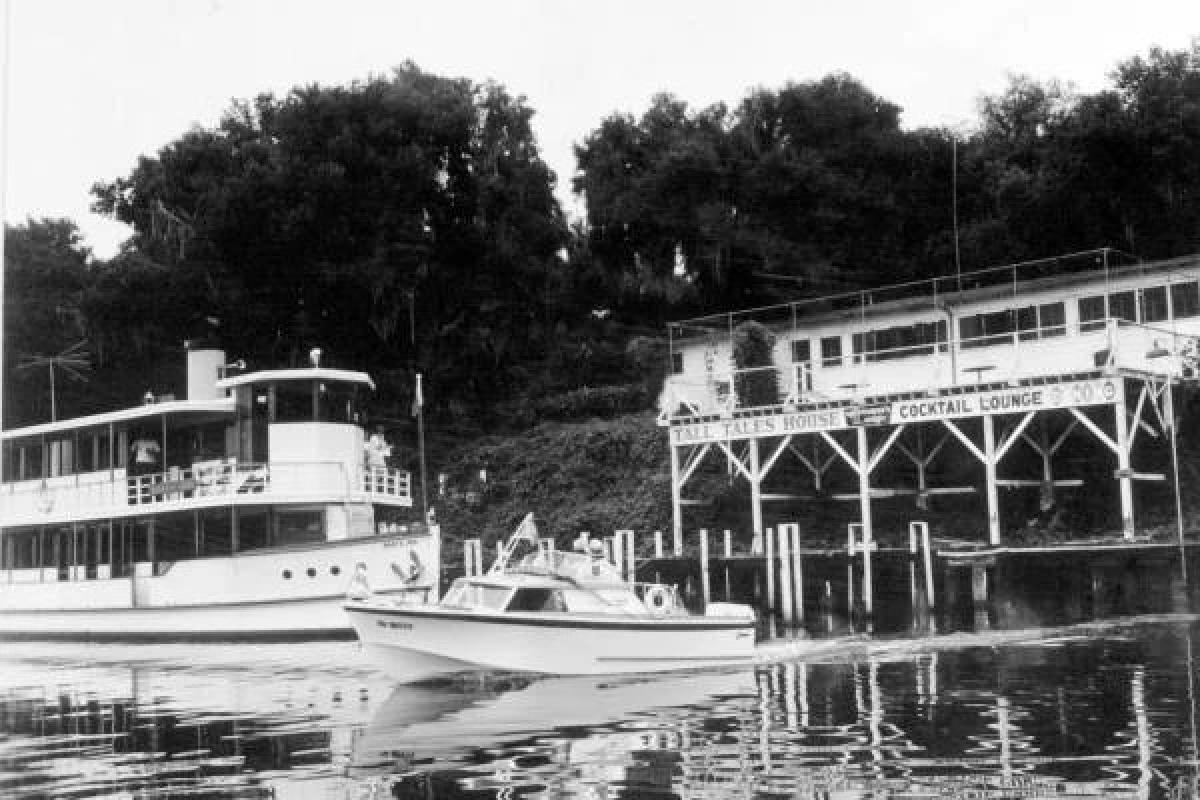 Noahs Ark, 1963
Noahs Ark, 1963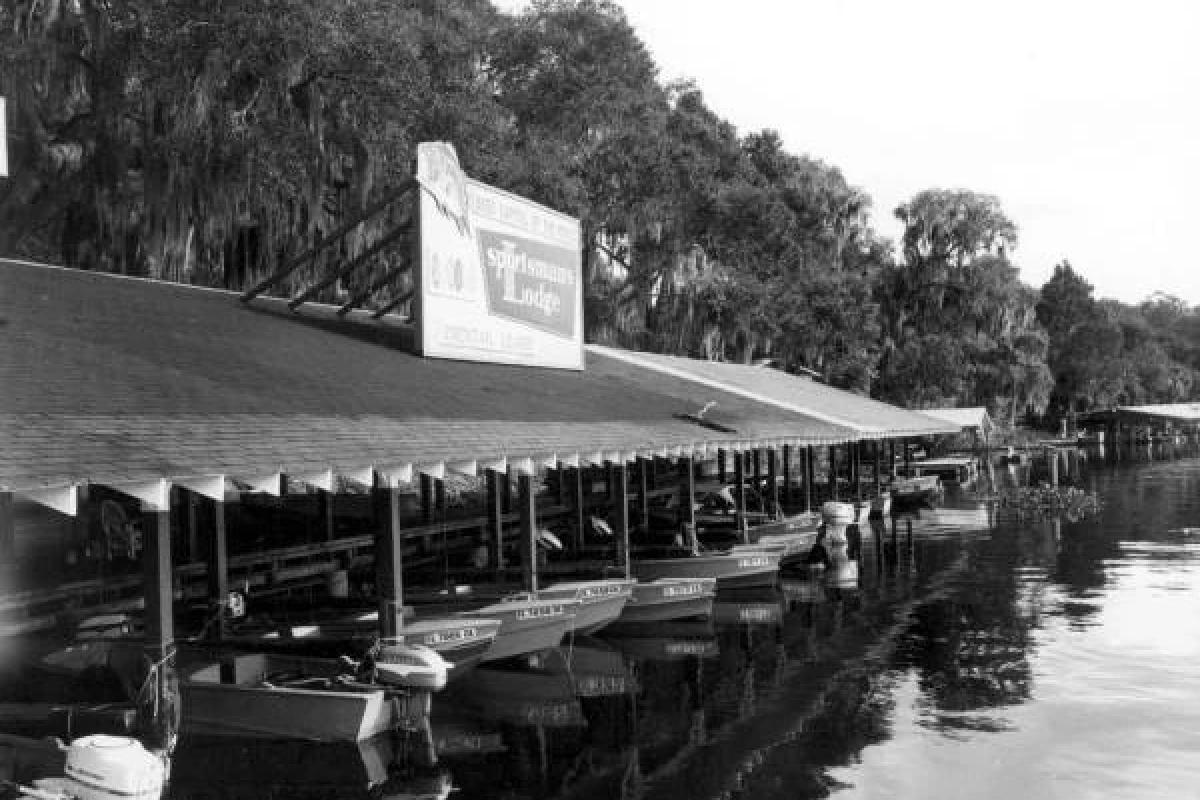 Sportman's Lodge, 1960
Sportman's Lodge, 1960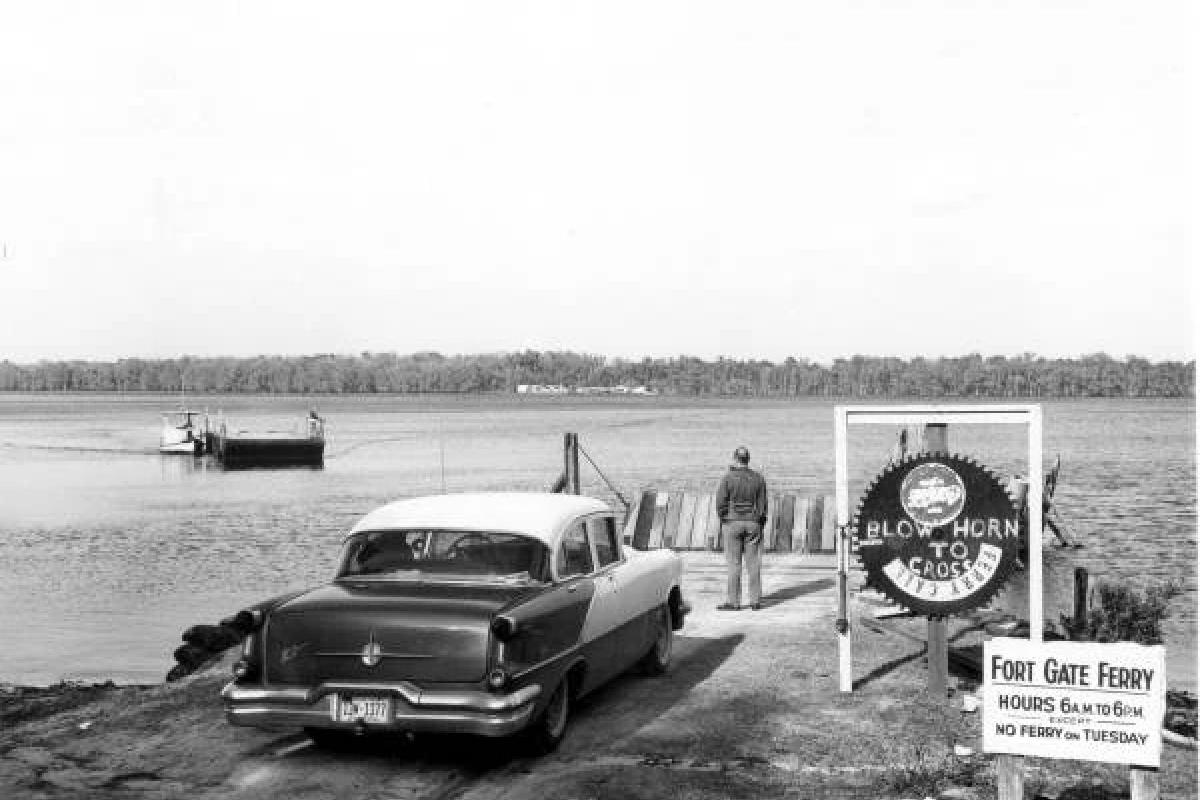 Fort Gates Ferry
Fort Gates Ferry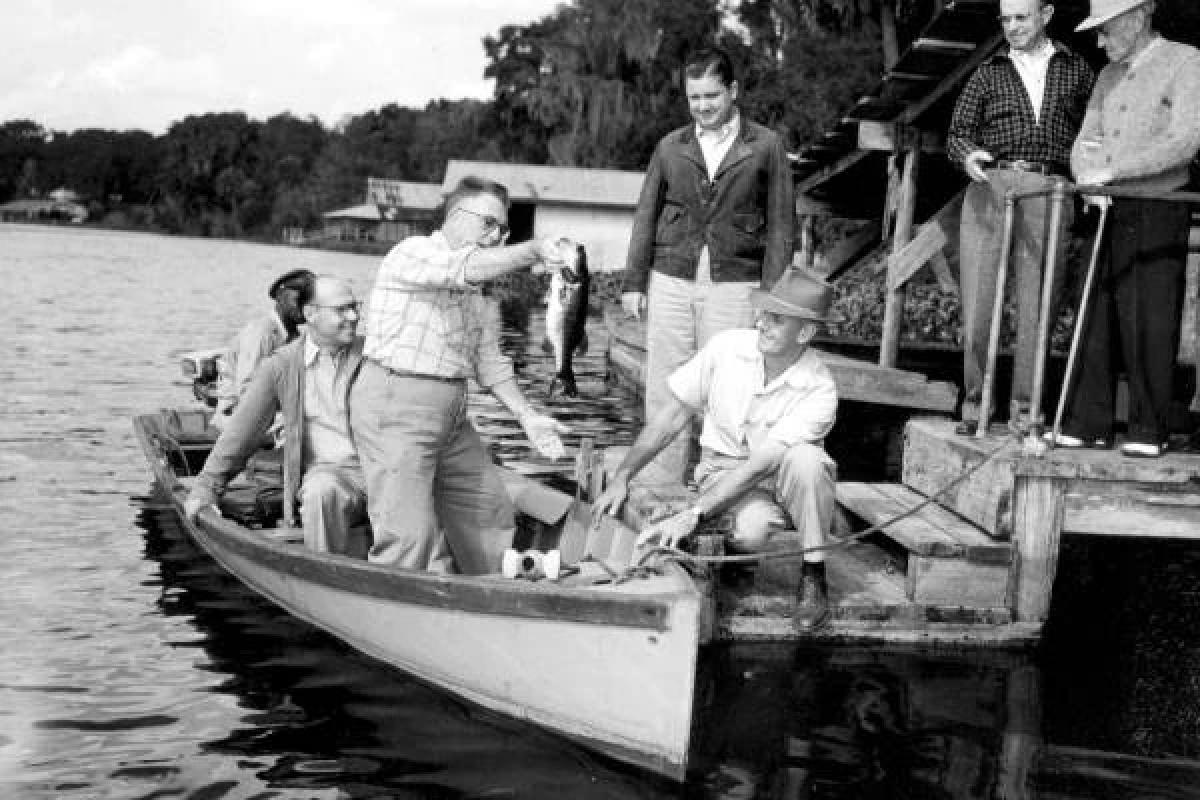 Andersen's, 1946
Andersen's, 1946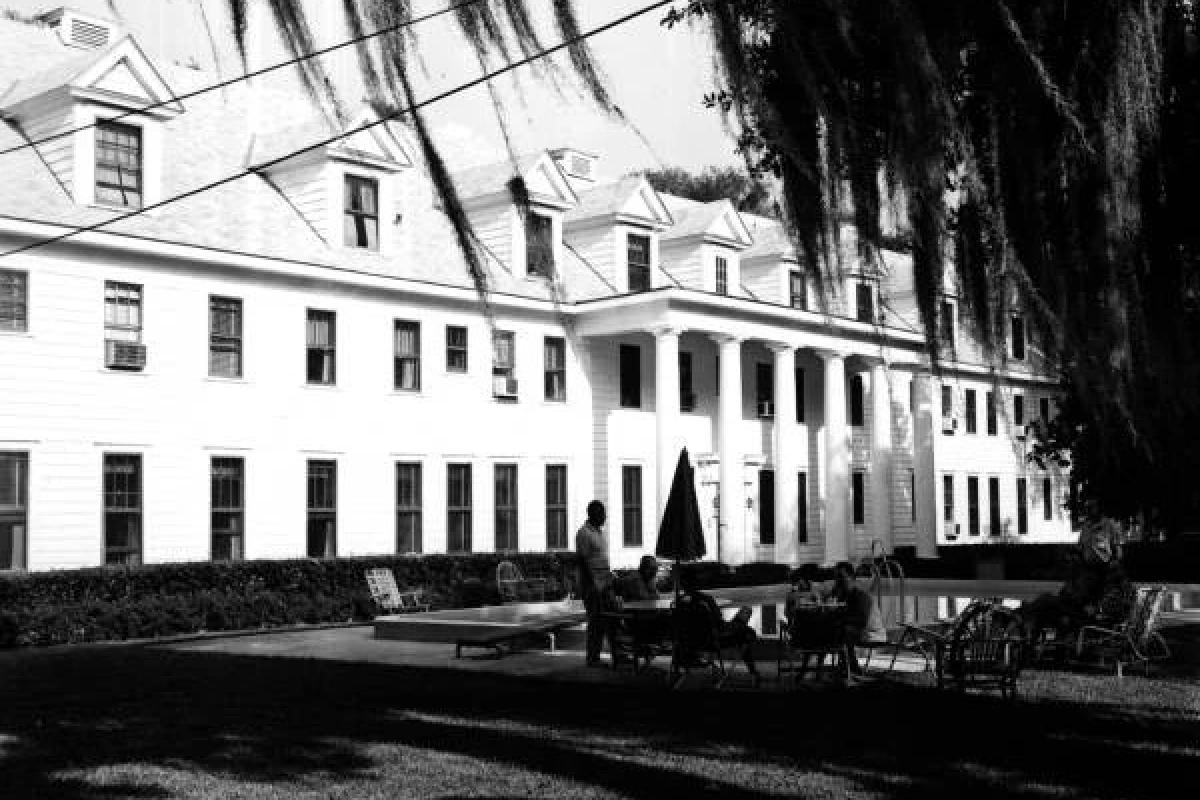 Sportman's Lodge
Sportman's Lodge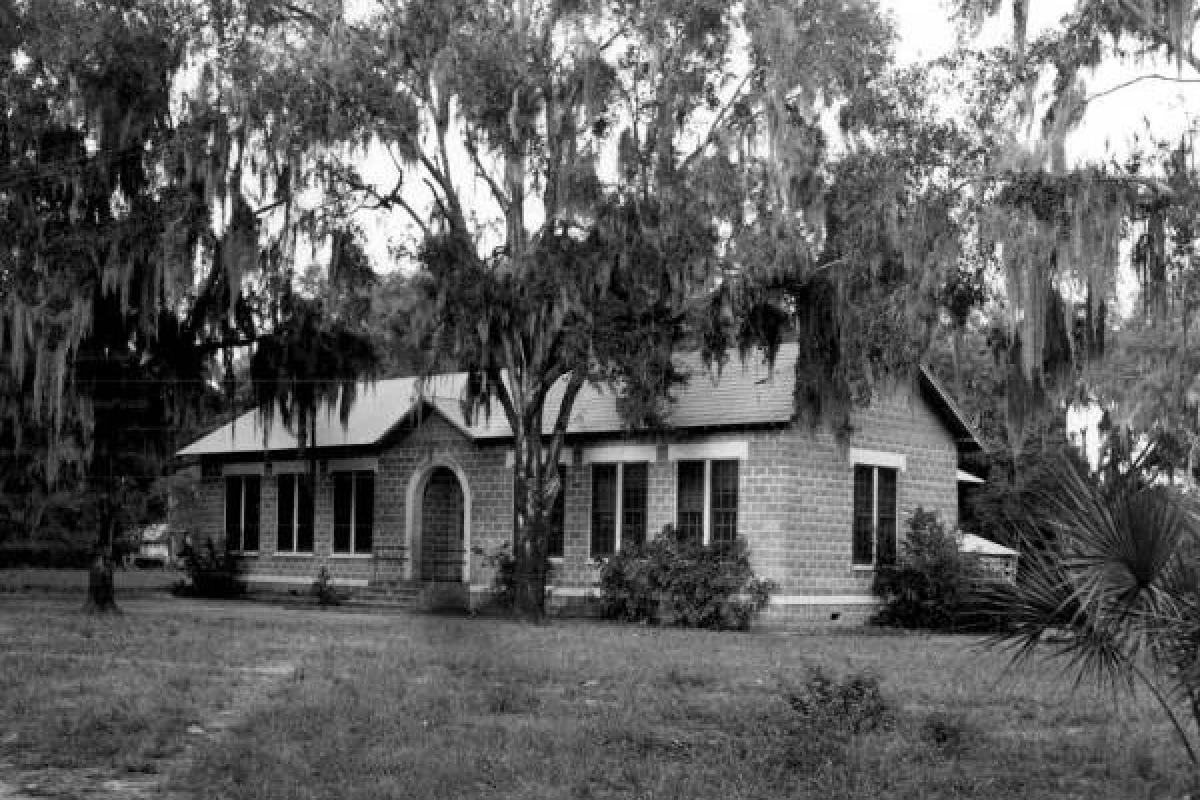 Elementary School, 1946
Elementary School, 1946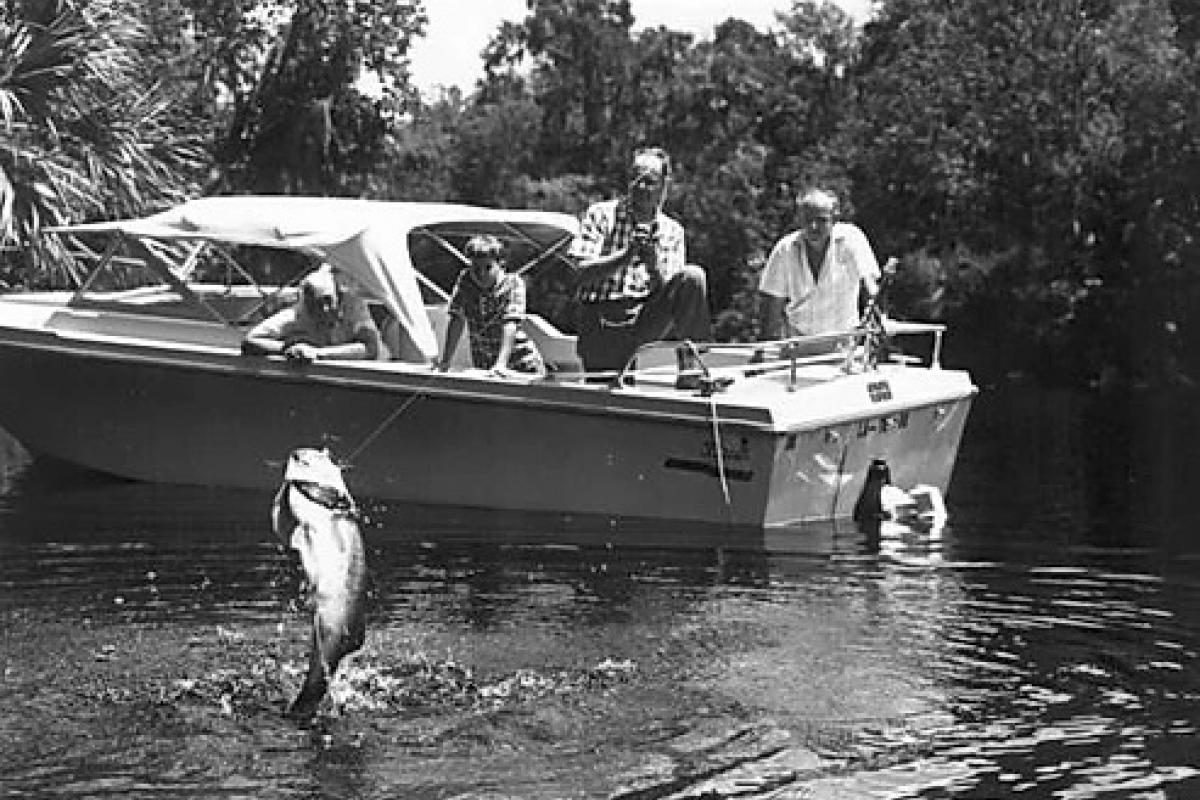 Bass Fishing on the St. Johns
Bass Fishing on the St. Johns C.D. Andersen Mayor of Welaka, 1946
C.D. Andersen Mayor of Welaka, 1946
Pursuant to an election held April 23, 1887 the town was incorporated June 21, 1887 and Welaka was affirmed as the Town's name and an official seal was adopted. At the outbreak of the Civil War in 1860, Welaka`s population numbered more than 100. At the end of the war fewer than 20 remained. Prior to the war, there were large orange groves and cotton plantations. Cotton, foods, and livestock were raised, marketed and recorded. Wool and cotton were spun and woven into cloth from which the family and soldiers' clothing was made. By the mid-1880s, Welaka had become a resort town attracting visitors seeking medicinal cures from the many springs that provided mineral water. By 1907, Welaka was famous for its "healing waters". The Welaka Mineral Water Company was incorporated on November 15, 1907.
According to its brochure "the mineral water comes from a subterranean spring 329 feet below the surface, and is put up in bottles in its natural state at the springs. All bottles are carefully sterilized before being filled, thus avoiding the great danger of infectious diseases so often conveyed by the use of bottles refilled without sterilization."
The Mineral Water Company brochure further stated they had "on file volumes of unsolicited testimonials from physicians and the most reliable people all over the United States, giving conclusive evidence that Welaka Mineral Water has been the means of curing a number of ills by stimulating the biliary circulation modifying conditions believed incurable." Another brochure advertising Welaka 1910-20s, stated "in addition to the mineral spring, there are a number of sulphur springs convenient to the town, which afford ideal bathing, winter and summer. This water is of such chemical composition as to improve the complexion and health, and has a practically constant temperature of 70 degrees Fahrenheit."There were shell sidewalks in the downtown area. All farm fences were made of rails. The law of the open range prevailed from Palatka to Lake Okeechobee throughout the 19th century. The fence had to be ten rails high to be legal to keep livestock out of farms or gardens. Picket fences were used around yards. Some of the menaces of Welaka were Malaria, mosquitoes and the fruit fly. A drug Atabrine - was discovered and helped eradicate Malaria. The dread Hoover fruit fly appeared in 1929-30 attacking the citrus. Some areas were quarantined. All plants and shrubbery entering the state were inspected at stations along the State line.
Many of the early settlers had huge vineyards from which wine was made and sold. Many homes had wine cellars in which to store wine. The "Big Freeze" in 1895 came killing overnight grape vines and fruit trees. Entire families moved away, leaving their homes and everything in them. The forgotten homes soon decayed.Fortunately, after the Big Freeze Welaka had one dependable asset to fall back on - the fishing industry. From this industry the Welaka Seafood Company, the O.H. Morris Fish and Crab Co. and the St. Johns River Crab Company were born from the period 1879 - 1974. The Welaka Pharmacy opened in 1885 and was a well appointed store carrying a carefully selected line of drugs and sundries.

